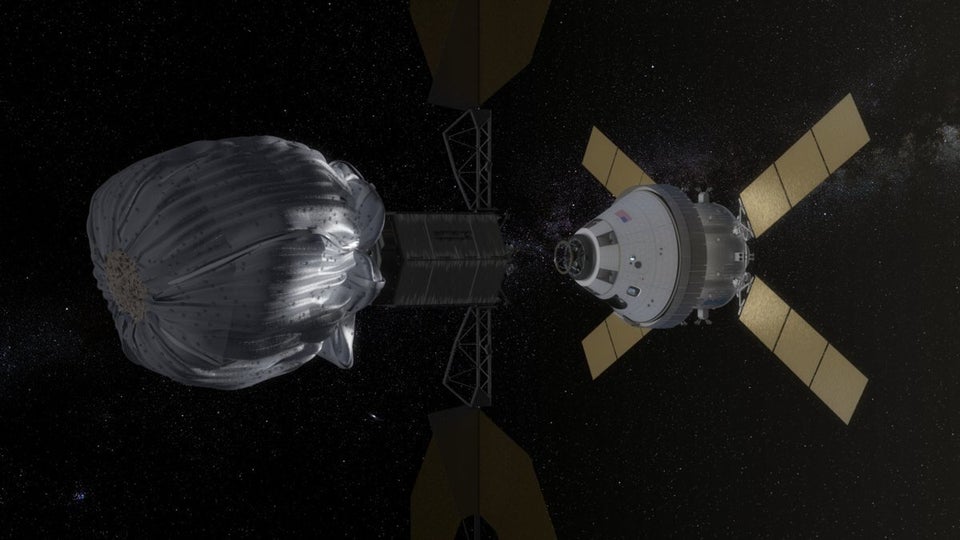It's just over a year ago that an asteroid exploded over Chelyabinsk, Russia, with more power than a nuclear bomb, highlighting the dangers posed by near-Earth objects (NEOs).
Since then Nasa has continued to look at ways to protect us from a fiery death delivered from deep space.
The space agency has released new details of its Asteroid Redirect Mission (ARM) which has the rather grand aim of identifying, capturing and redirecting an asteroid to a safe orbit of Earth's moon.
Once safely there, astronauts will be able to explore and research the asteroid in the 2020s.
But how do you capture an asteroid? Well, you bag one. With a very large bag.
The are two proposed concepts - firstly Nasa could redirect a small asteroid or alternatively they could grab a small chunk off a larger one.
Story continues after slideshow...
But identifying one isn't easy. Most of the known NEOs are too big while one's further away are too distant to accurately determine their size and make-up.
Paul Chodas, a senior scientist in the Near-Earth Object Program Office at NASA's Jet Propulsion Laboratory, said: "There are other elements involved, but if size were the only factor, we'd be looking for an asteroid smaller than about 40 feet (12 meters) across.
"There are hundreds of millions of objects out there in this size range, but they are small and don't reflect a lot of sunlight, so they can be hard to spot. The best time to discover them is when they are brightest, when they are close to Earth."
ARM will use capabilities in development, including the new Orion spacecraft and Space Launch System (SLS) rocket, and high-power Solar Electric Propulsion.
All are critical components of deep-space exploration and essential to meet NASA's goal of sending humans to Mars in the 2030s.
As Nasa says, the mission will be " raising the bar for human exploration and discovery, while helping protect our home planet and bringing us closer to a human mission to one of these intriguing objects".
